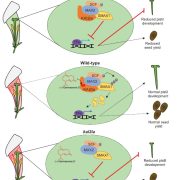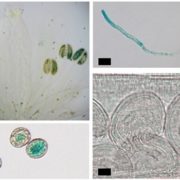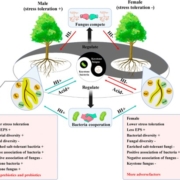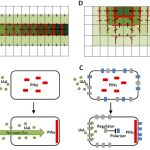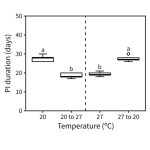Re-imagining reproduction: The Queer possibilities of plants
 Male – female, egg – sperm: how did these animal-centric terms come to be applied to plants? This question is addressed in this interesting essay by Subramaniam and Bartlett. As they observe, the language we use to talk about plant reproduction is largely rooted in the language of animal reproduction, and reflects the conventions and ideas of those who assigned these terms. For example, Linnaeus used terms like marriage, husband, and wife (and referred to petals as “bridal beds”!) when writing about plant reproduction. Subramaniam and Bartlett point out that these ideas and terms don’t match up well with plant reproduction. For example, the concept of individuals having a distinct gender doesn’t work when 85% of flowering plants produce flowers with both “male” and “female” parts. The authors provide many other examples that demonstrate that “Plant reproductive biology poorly fits a model of binary sex, gender, and sexuality.” To move away from this model, they propose some modifications to conventional terminology, such as meiotic reproduction rather than sexual reproduction, and dispersed gametes and retained gametes rather than sperm cells and egg cells. (Summary by Mary Williams @PlantTeaching) Integr. Comp. Biol. 10.1093/icb/icad012
Male – female, egg – sperm: how did these animal-centric terms come to be applied to plants? This question is addressed in this interesting essay by Subramaniam and Bartlett. As they observe, the language we use to talk about plant reproduction is largely rooted in the language of animal reproduction, and reflects the conventions and ideas of those who assigned these terms. For example, Linnaeus used terms like marriage, husband, and wife (and referred to petals as “bridal beds”!) when writing about plant reproduction. Subramaniam and Bartlett point out that these ideas and terms don’t match up well with plant reproduction. For example, the concept of individuals having a distinct gender doesn’t work when 85% of flowering plants produce flowers with both “male” and “female” parts. The authors provide many other examples that demonstrate that “Plant reproductive biology poorly fits a model of binary sex, gender, and sexuality.” To move away from this model, they propose some modifications to conventional terminology, such as meiotic reproduction rather than sexual reproduction, and dispersed gametes and retained gametes rather than sperm cells and egg cells. (Summary by Mary Williams @PlantTeaching) Integr. Comp. Biol. 10.1093/icb/icad012




